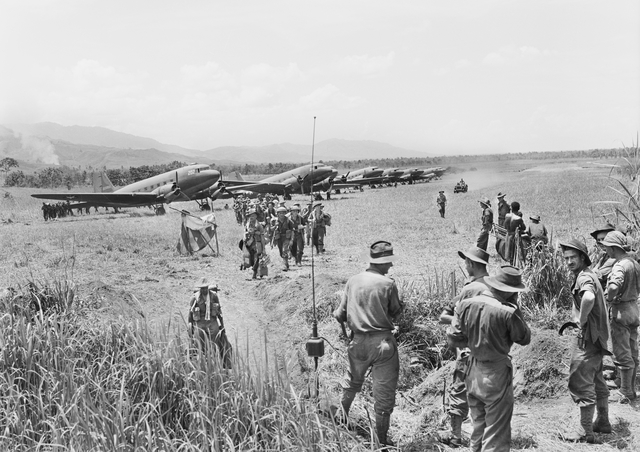It was day two of Operation Source.
It would take until March, 1944, to repair the Tirpitz.
Having commenced killing surrendered Italian soldiers at Cephalonia the day prior, the Germans started killing Jews, both Italians and non Italians, at Lake Maggiore.
On the same day, over the recommendation of local administrator, Gestapo member Werner Best, Hitler approved the planned deportation of Danish Jews, to commence on October 2. As earlier noted, the actions of the Danish underground, combined with a local diplomat providing them information, frustrated this effort and most escaped to Sweden.
Best would be convicted of war crimes after the war and serve a prison sentence.
The German Governor General of Belarus was assassinated by his maid, a secret Soviet partisan, who placed a bomb in his bedroom.
Japanese Prime Minister Tojo declared a state of emergency. Plans were made for the evacuation of Tokyo.
The Huon Peninsula Campaign began on New Guinea with the US and Australian landing at Scarlet Beach.
As part of the offensive, the Battle of Finschhafen began between Australian and Japanese forces, following the Australian landing at Katika.
The Red Army took Anapa in the Kuban Peninsula, and Novomoskovosk.
Toni Basel, popular in the 1980s, was born. This is an odd thought as it means that her teen pop hit came when she was well past the age that it normally would.



.jpg)
